Influenced by modern literature, ancient myths, surrealism, and expressionism, the visionary filmmakers of the twenties created startling, inventive moving nightmares, which continue to amaze and frighten to this very day. These films are the foundation of an entire genre. - Jason Maran, for Classiscare
Find out more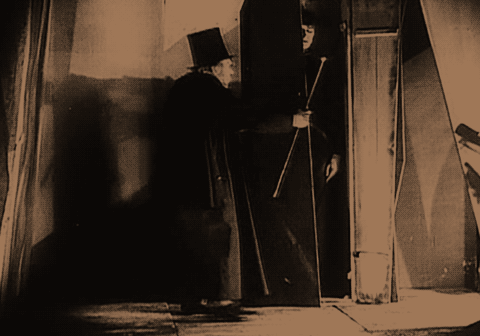
Robert Wiene, Director. The world is mad, literally. Against a backdrop of skewed sets, painted shadows, and distorted paintings, Dr. Caligari brings his somnabulist to town. Of course, murder ensues. Conrad Veidt stars in the first great horror film. - Jason Maran, for Classiscare
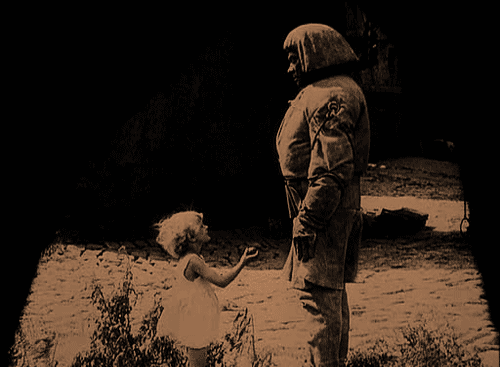
Carl Boese and Paul Wegener, Directors. In 16th century Prague, a rabbi creates a clay creature, the Golem, to protect his people from persecution. Amazing sets. Extraordinary detail. Prescient politics. This film was a huge influence on Universal's Frankenstein. Paul Wegener stars as the titular monster. - Jason Maran, for Classiscare Find out more
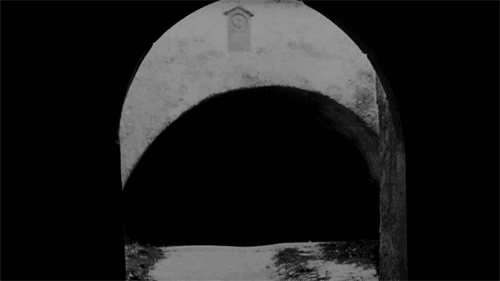
F.W. Murnau, Director. An unauthorized adaptation of Dracula, Bram Stoker's widow nearly succeeded in having all copies of this film destroyed. The world is lucky she failed. Max Schreck plays Graf Orklok, the creepiest count the cinema has ever seen. The embodiment of lust and hunger, he brings the black death to Germany. Subtitled "A Symphony of Horror," Nosferatu remains the greatest vampire film ever made. - Jasan Maran, for Classiscare
Find out more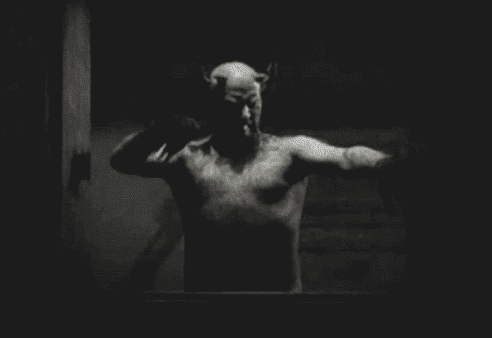
Benjamin Christensen, Director. A sublimely weird quasi-documentary about witches, witchhunters, Christianity, and Satanism. The director plays the devil, who has great fun tormenting the monks of the middle-ages. As funny as it is frightening, Haxan is one of a kind. - Jasan Maran, for Classiscare
Find out more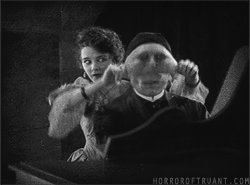
Rupert Julian, Director. Lon Chaney suffered for his art. Using wires to create the horrific visage of the phantom, he was responsible for one of the most startling shots in horror history. Beyond the unmasking, the film is gargantuan in scale and beautifully produced. It is indisputably the finest adaptation of Gaston Leroux's novel. - Jasan Maran, for Classiscare
Find out more